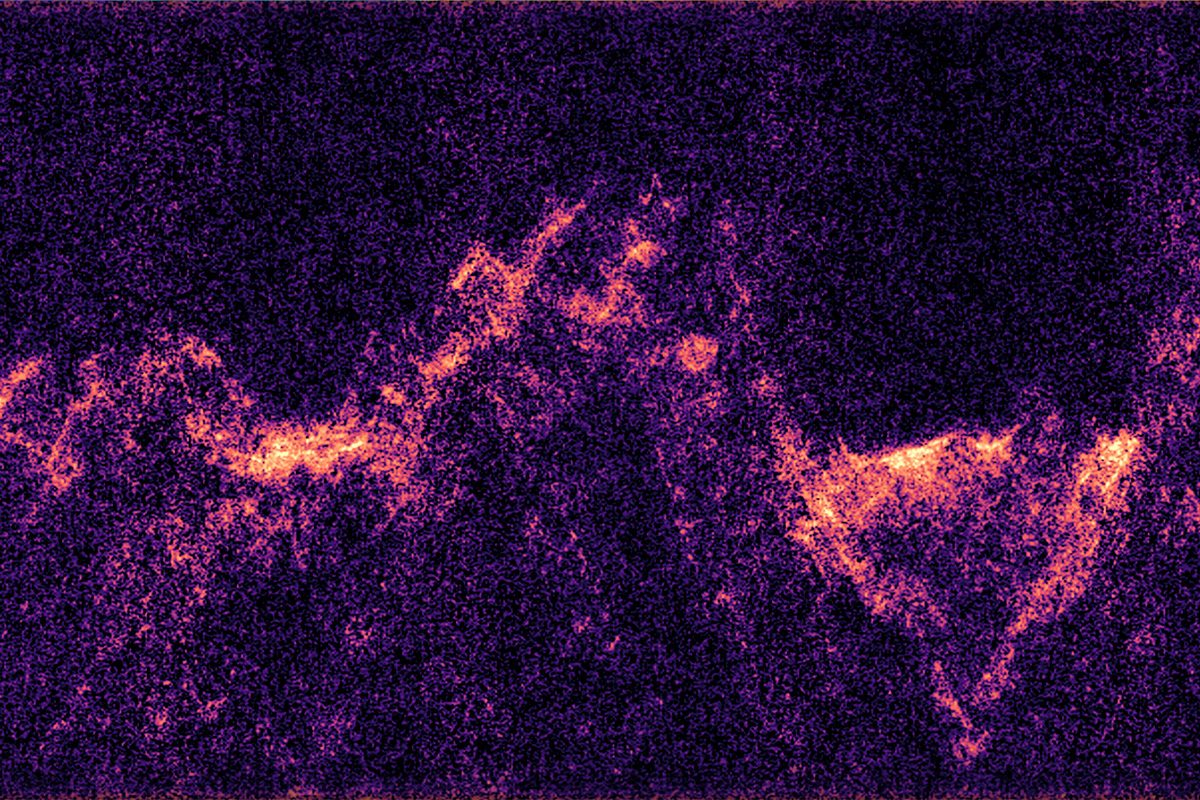A European Space Agency spacecraft on its way to Jupiter’s moons has tested out one of its science instruments on our own Moon.
And it’s focussed on the same patch of the lunar surface seen in one of the most iconic images in science.
The Jupiter Icy Moons Explorer (Juice) is headed to Jupiter to study its icy moons to search for signs of alien life, or conditions that could support alien life.
And as it flew past our Moon in August 2024, its Radar for Icy Moon Exploration (RIME) instrument listened to radio wave echoes bounced off the Moon to determine the height of the lunar surface.
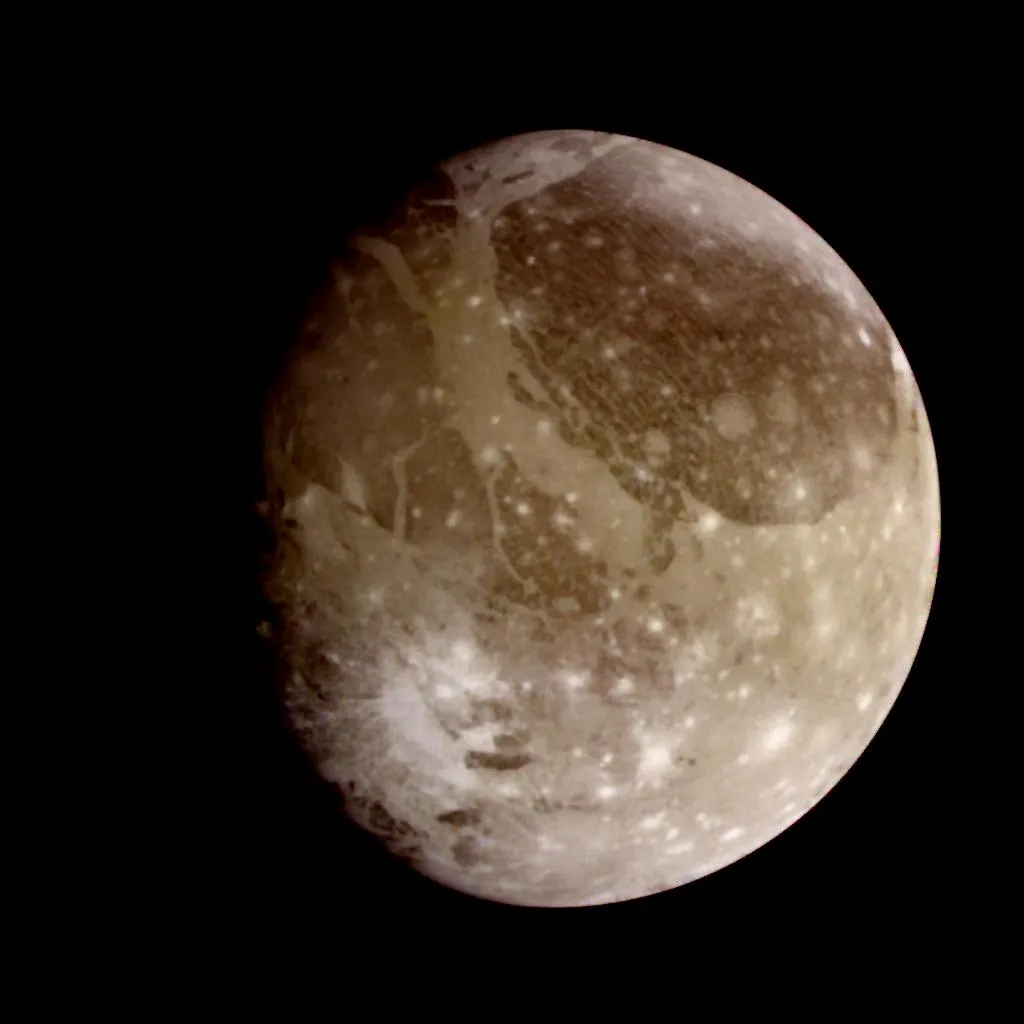
Juice and the search for life
Scientists interested in the search for signs of life beyond Earth, and for signs of habitable worlds beyond Earth, say the icy moons of our Solar System are some of the most promising places.
That’s because moons like Enceladus at Saturn or Europa at Jupiter have liquid oceans beneath their icy, frozen surfaces.
And liquid water being a prerequisite for life on Earth as we know it, the presence of liquid water on these moons means they are potentially habitable.
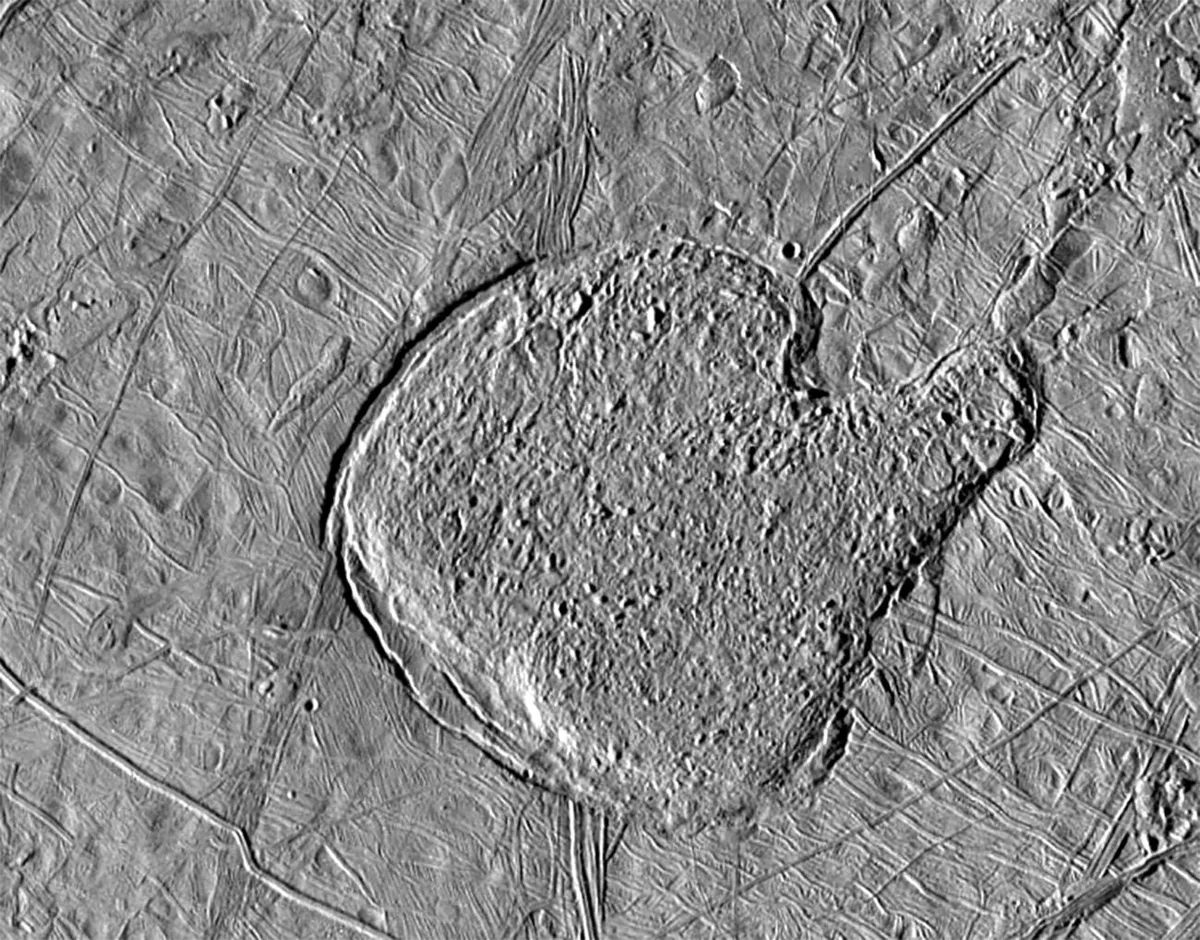
Juice is on its way to study Jupiter’s moons Ganymede, Europa and Callisto.
It will arrive there in July 2031 and begin its exploration of these frozen worlds.
But in the meantime, flybys of other worlds – including our Moon – are giving science teams back on Earth the chance to test Juice’s instruments are working properly.
RIME’s radargram on the Moon
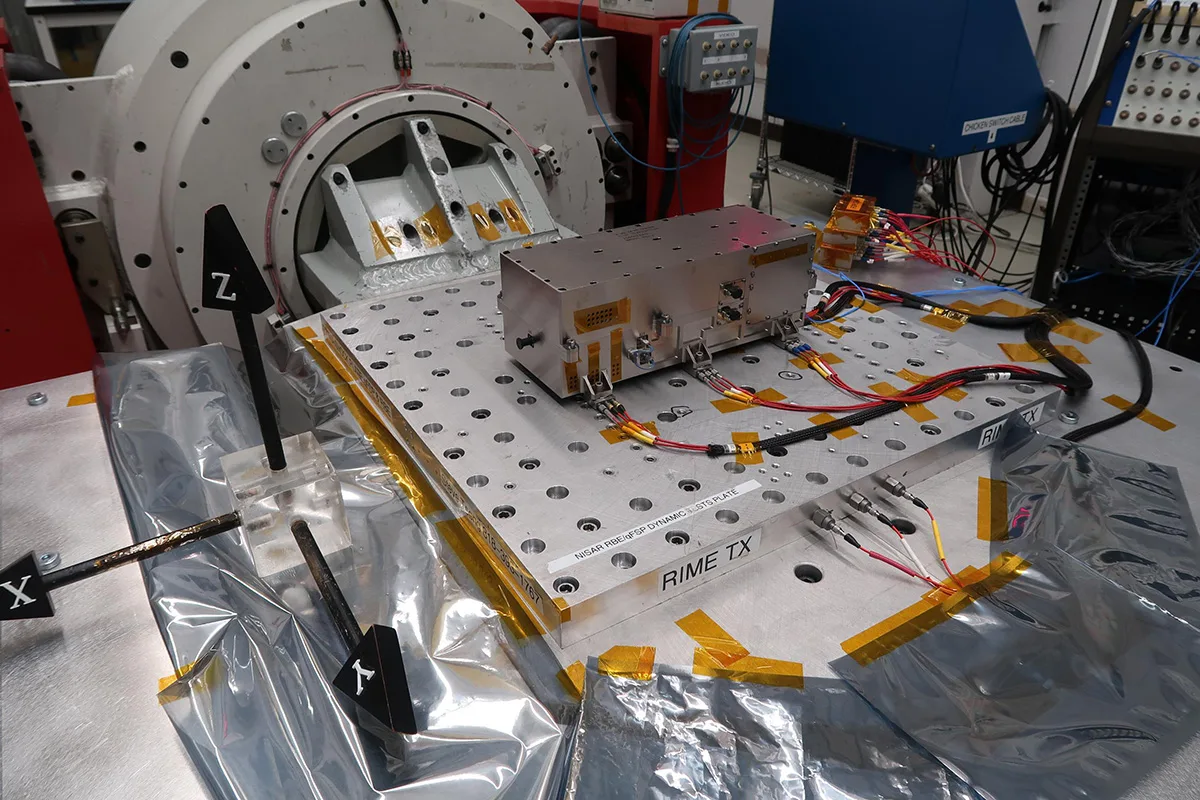
One of Juice’s instruments is the Radar for Icy Moon Exploration (RIME), which is a radar sounder that will give scientists information about what’s going on beneath the surface of the icy moons, as deep as 9km (5.5 miles) into their liquid subsurface oceans.
As Juice passed on our Moon, RIME captured this image of a section of the lunar surface.

Scientists say RIME’s first-ever radargram of a patch of lunar surface matches an elevation model of the same area captured by NASA’s Lunar Orbiter Laser Altimeter (LOLA), seen below.
The bright pink and yellow line that waves across the dark purple background shows the height of the Moon’s surface.
The bumps and dips in the RIME data match up the height of the land in LOLA’s elevation map.

The test was an important stepping stone for RIME, as electronic noise coming from the rest of the spacecraft has been disturbing its readings.
During the flyby of the Moon, all of Juice’s instruments were switched off for 8 minutes, giving RIME the chance to observe in silence.
RIME scientists were then able check how the electronic noise affects the performance of the instrument.
Based on the data collected, they’ve been able to create an algorithm that counteracts disturbances to RIME caused by the rest of the spacecraft.
The team are satisfied the test worked, and RIME is up to the job of providing accurate information on what’s going on beneath Jupiter’s icy moons.
Not just any old patch of the Moon
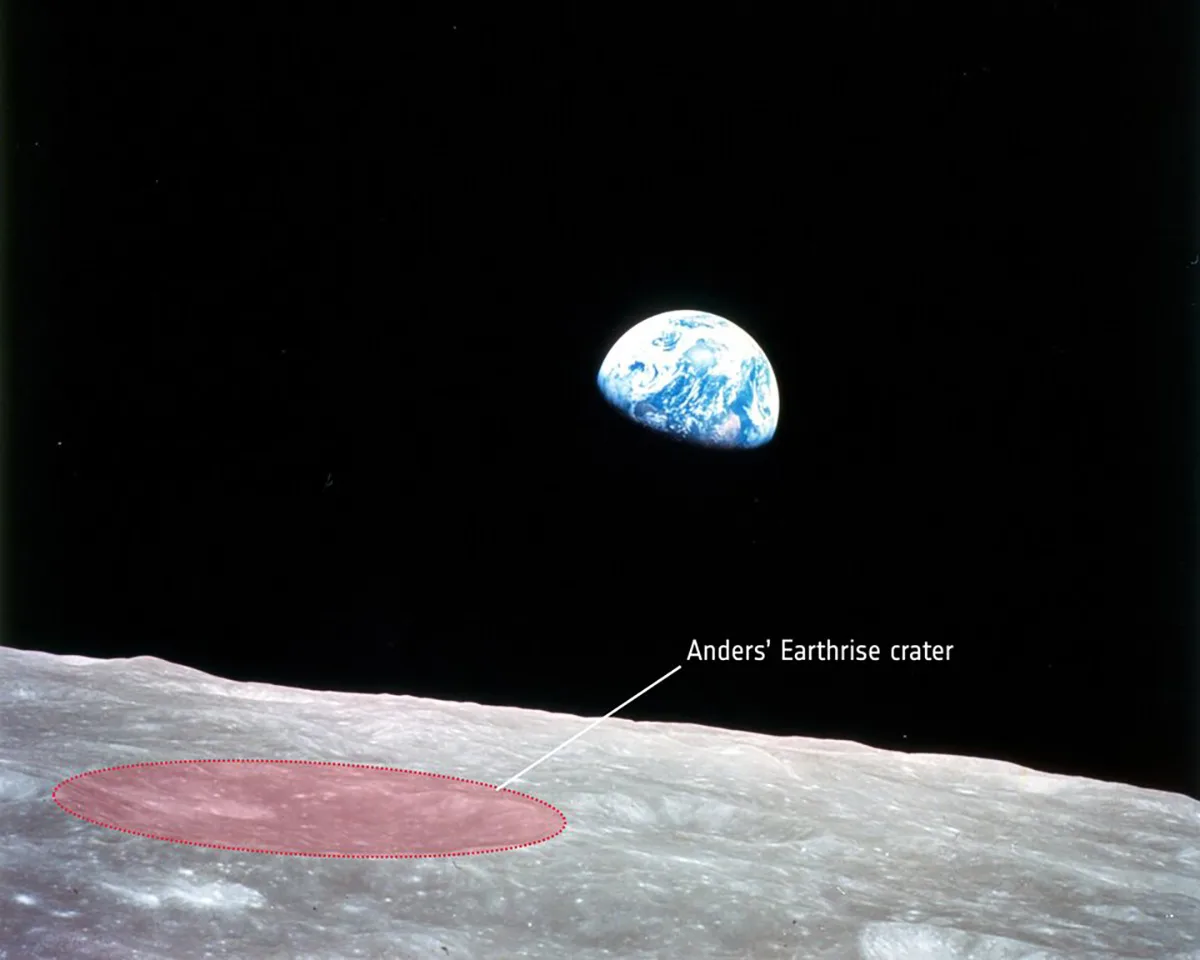
The patch of the Moon studied by RIME is the same patch that can be seen in astronaut William Anders’ ‘Earthrise’ photo, which was captured on 24 December 1968 during the Apollo 8 mission.
Anders’ Earthrise photo is considered one of the most important images in science, as it gave humanity an unprecedented glimpse of what it would be like to see our home planet from the surface of another world.
The biggest crater, seen in the foreground of the image, was later renamed from ‘Pasteur T’ to ‘Anders’ Earthrise’.
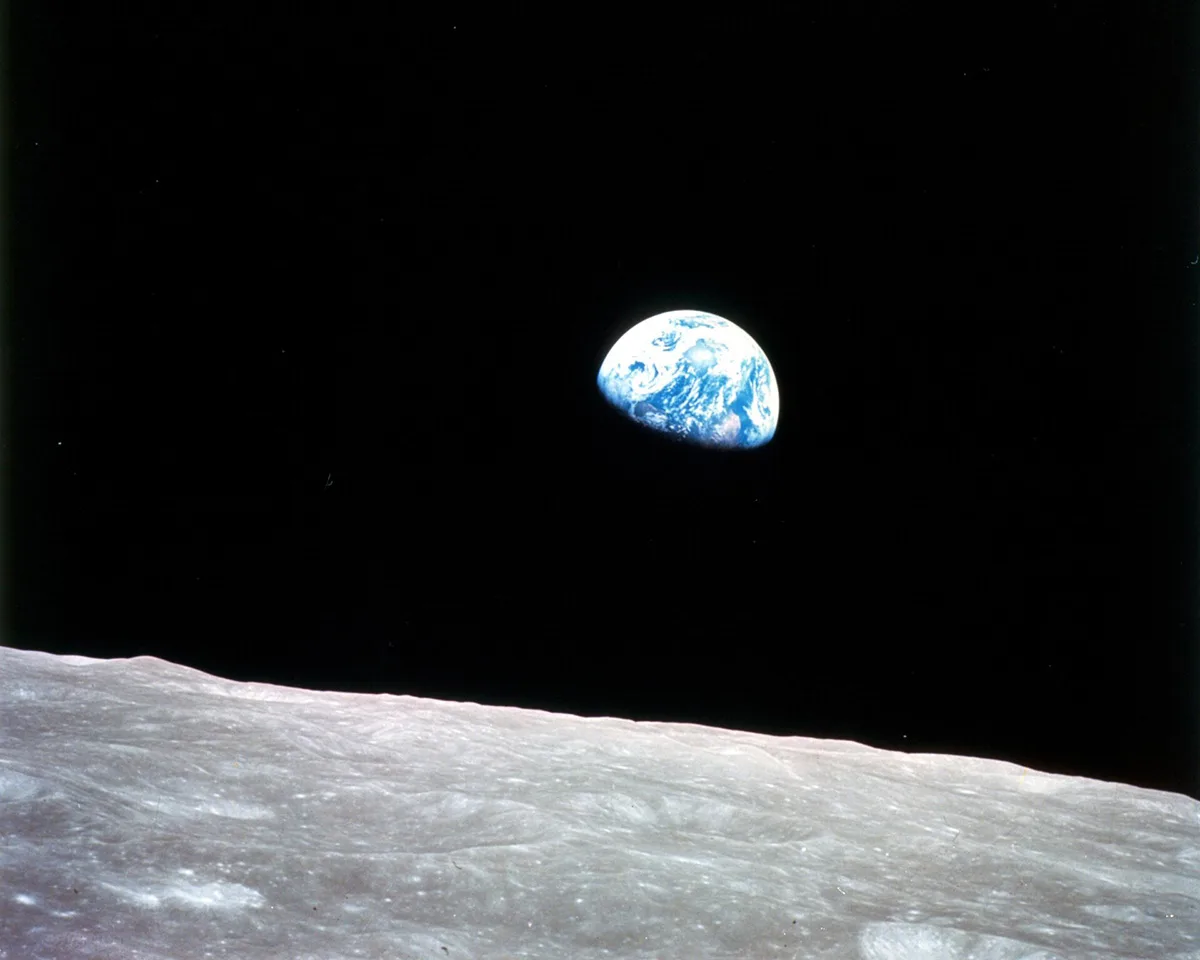
So what next for Juice? The European Space Agency says the spacecraft is due to fly by Venus in August 2025.
This is a gravity assist manoeuvre, using Venus’s gravity to give Juice a boost on its journey.
Onwards to Jupiter, and the chance to find out whether Jupiter’s icy moons do indeed have the potential to host life.
